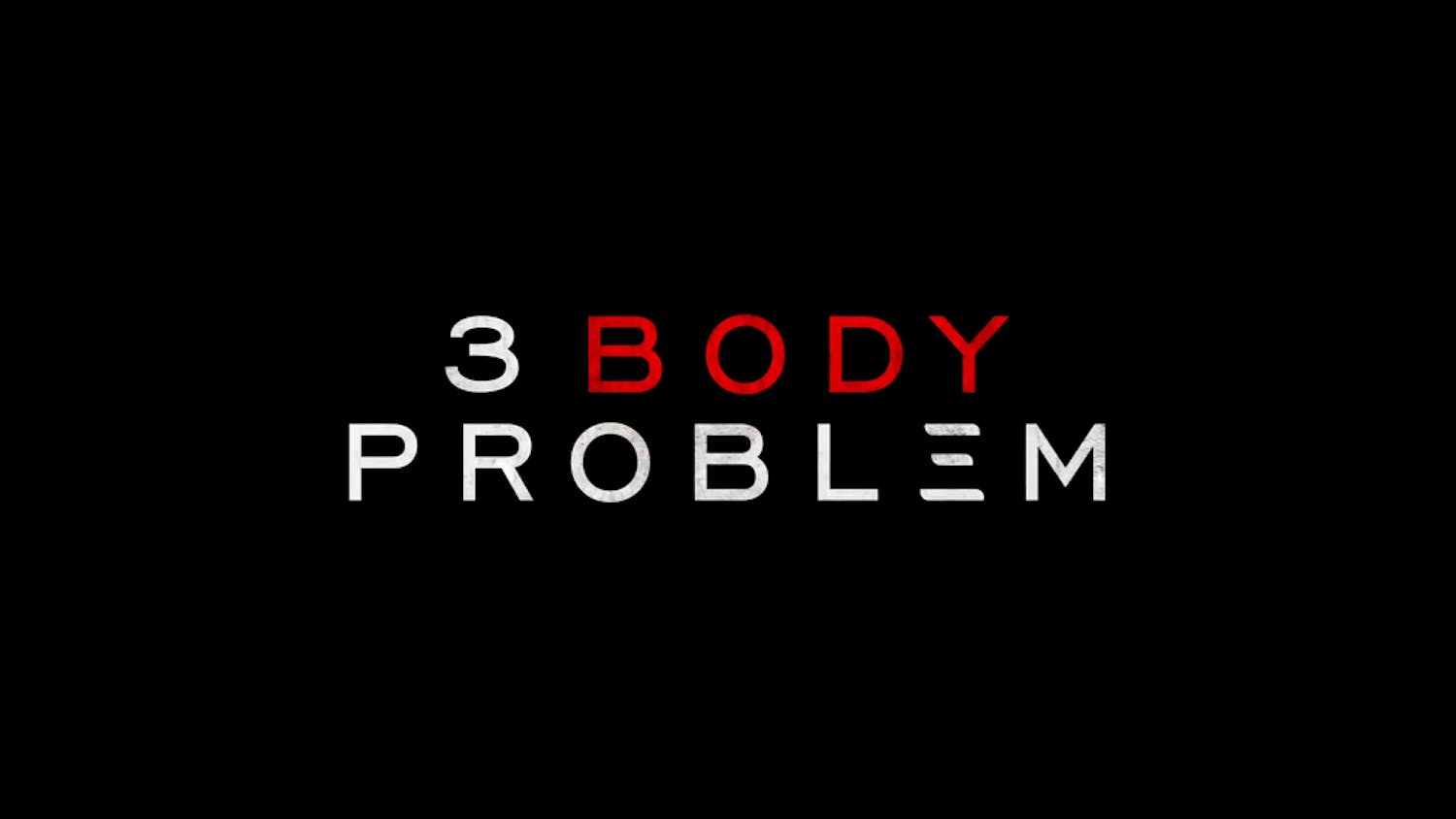In today's world of music listening, tangibility has lost out to convenience. Most people of our generation listen to their music through iPods or other digital media, leaving them without an album to hold onto or a record cover to associate with the music.
The desire for something tangible, though, is one reason for the recent surge in popularity of vinyl records. Anyone who doubts the benefits of listening to music on a physical medium can get a crash course on the allure of vinyl at the Institute of Contemporary Art (ICA) exhibition "The Record: Contemporary Art and Vinyl."
The exhibit is structured abstractly with little chronological or thematic organization. While this approach could be inappropriate for some types of art, the tactic lends itself well to the variety of mediums represented, including sculpture, installation and painting.
Most of the works stress the tactile nature of vinyl. The physicality of the records, turntables and needles often forms the thematic center of pieces like "White Noise" (2009) by Su?Mei Tse. Tse's favorite part of listening to vinyl is the moment before the needle finds the groove, when the sound of the dust and the record's degradation aren't masked by the music. In this work, Tse glued white foam balls to the surface of a record on a turntable to symbolize the impact of these particles on the listening experience. She clearly values these small flecks of dust and particles for making each listening session unique.
Perusing the various installations was made all the more atmospheric by the variety of sounds coming from different turntables throughout the exhibit. The effect was almost surreal, as James Brown records from one room mingled with the experimental noise rock of another.
Such a strange soundtrack complemented the frequently quirky items on display, such as "Body & Soul" (2002), a turntable that Sean Duffy customized to have two tone arms. This allowed the system to play Thelonious Monk's famous rendition of the jazz standard from two places at once. Unfortunately, the exhibit does not actually play the record ?? so visitors have to use their imaginations ?? but the piece is supposed to create two conflicting sequences of music that fluctuate between consonance and dissonance.
A similarly outlandish piece was provided by new wave music icon Laurie Anderson. The "Viophonograph" (1977) is a violin body that has a small turntable placed on it. Anderson would play the instrument using a special bow with a turntable needle on it, allowing her to play different tracks from the vinyl. Each track was a note or brief music passage, allowing her to easily select between different ideas by changing the position of the bow.
It isn't surprising that a decent portion of the exhibit is devoted to the obsolescence of vinyl in a time of digital downloads. Artists treat the topic differently, although Gregor Hildebrandt's "Kassettenschallplatte (Cassette Record)" (2008) perhaps deals with the topic most poignantly.
Hildebrandt illustrates the dated quality of both vinyl and cassette by creating a record entirely out of magnetic tape. This fusion of the two mediums creates a record that looked surprisingly like a genuine vinyl. Only upon closer inspection does one realize that Hildebrandt has swapped out a dated format for a slightly more modern one.
The expressive potential of record covers is another focal point of the exhibit. Since vinyl is such a large format, its cover art is far more prominently displayed than current CDs allow. Throughout the exhibit, various artists toy with the aesthetic possibilities of cover art.
One of the most playful works is a three?paneled display by Dario Robleto, which depicts albums from three fictitious record companies associated with religious, scientific and folk medicinal interests. Some of the funniest parts of the exhibit are his humorous album titles such as "To Be Born Without Having Willed It" by the fabricated band Israelite, as part of his piece "Lamb of Man/Atom and Eve/Americana Materia Medica" (2006?07).
A highlight of the exhibit is David Byrne's iconic cover for the seminal Talking Heads album "More Songs About Buildings and Food" (1978). The original piece that provided the cover art is a massive photomosaic of the band members, rendered using 529 Polaroid close?ups. Byrne's keen eye for tone and composition makes the piece visually dazzling. The detail of each Polaroid is readily visible, giving any viewer an unprecedented view of the artwork that characterized Talking Heads.
Thankfully, "The Record: Contemporary Art and Vinyl" is not celebrating a dead medium. As vinyl continues to experience a regrowth in popularity, artists and designers will get the opportunity to work with this promising platform. With any luck, similar exhibits will crop up and give more people the chance to see what an interesting expressive platform vinyl can be.





